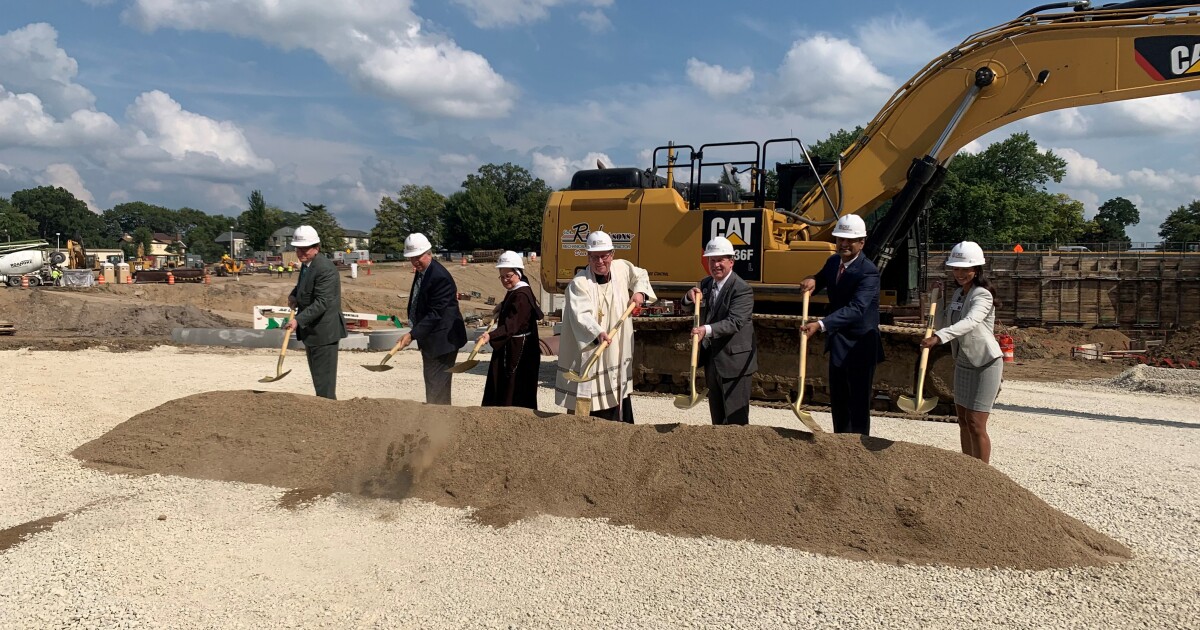- Joined
- Apr 3, 2019
- Messages
- 4,902
- Reaction score
- 11,240
McLaren Flint Announces $46 Million Expansion of Cancer Center and Region's Only Proton Therapy Center to Grow Comprehensive Oncology Care in Genesee County | McLaren Health Care News
A $46 million project is launching to expand the Karmanos Cancer Institute at McLaren Flint and the McLaren Proton Therapy Center . Once complete, the projects will allow more patients access to proton therapy, the most advanced radiation therapy available, and bring a more comprehensive...


